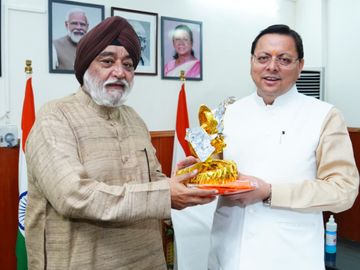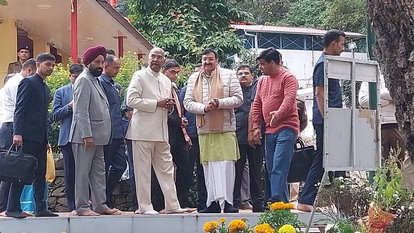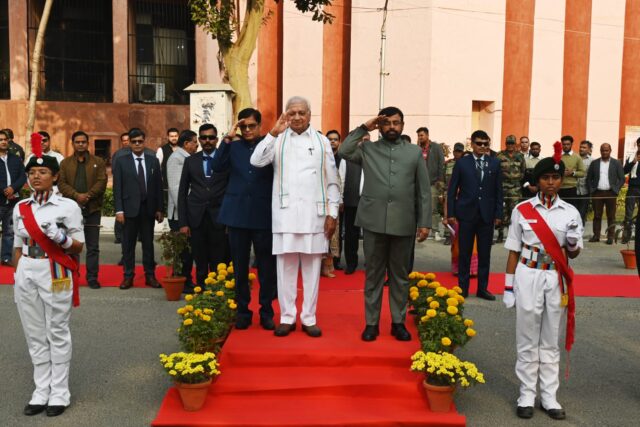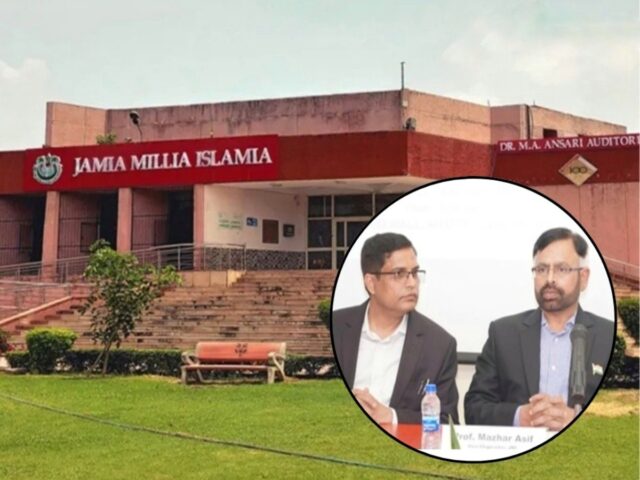Gates of Gangotri National Park will open on this day, tourists will be able to see many rare animals.
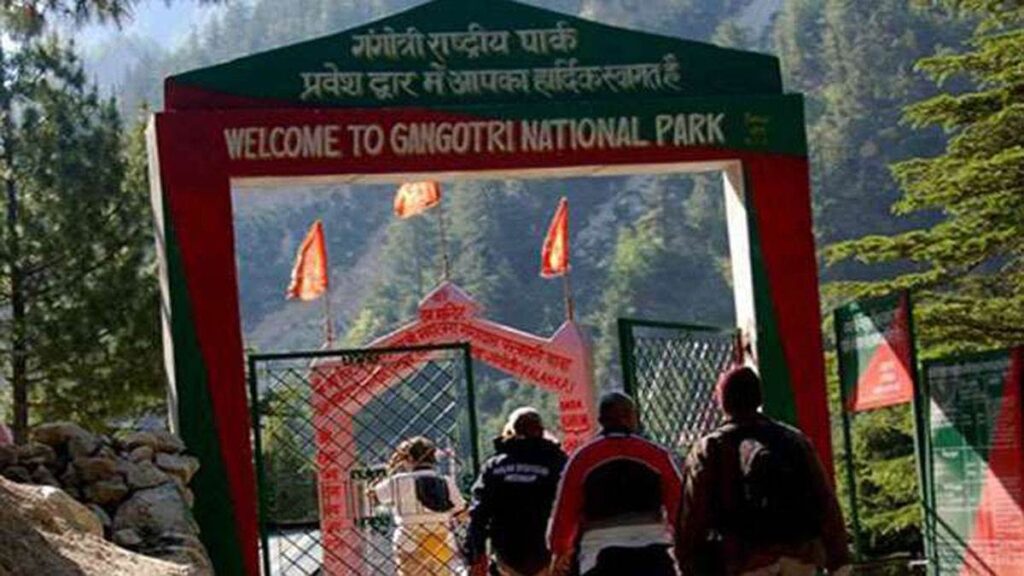
The gates of the world famous Gangotri National Park will soon be opened for tourists. After which tourists will be able to see many rare animals. Only a few tourists will be able to visit Gartangali, Nelang and Gomukh Tapovan. The park administration has also started preparations to open the gate.
Gangotri National Park gates will open tomorrow
The gates of Gangotri National Park will be opened for tourists tomorrow. After the opening of the park, tourists will be able to see the beautiful views of Gartangali, Nelang and Gomukh Tapovan. At present the track is blocked at many places between Gangotri and Gomukh due to icebergs. Due to which tourists will have to wait for some time for trekking of Gomukh-Tapovan.
It may take time to remove the snow. In such a situation, only mountaineer tourists can get permission to go to Gomakh Tapovan. At present it is not allowed for common tourists, hence common tourists may have to wait for a while for trekking of Gomukh-Tapovan.
The park has a special identity for the snow leopard
Let us tell you that in the Gangotri National Park area, there are Gangotri Glacier, Gomukh, the origin of Ganga, famous Himalayan peaks, Kedartal, Nelong Valley located on the India-China border, Nandanvan, Sundarban and many other tourist places. Along with this, there is a historical Gartangali here, which people not only from the country but also from abroad come to see. Let us tell you that Gangotri National Park is spread over an area of 1553 square kilometers. Which has a special identity for its snow leopard.
You will be able to see many rare animals
Apart from snow leopard, tourists can see many wildlife including brown bear, black bear, Bharal, Agarali sheep, red fox in Gangotri National Park. Along with this, mountaineers from all over the world also come to climb the world famous peaks located in Gangotri National Park. During winter, the gates of the park are closed for climbers and tourists for six months from December 1 to March 31.


